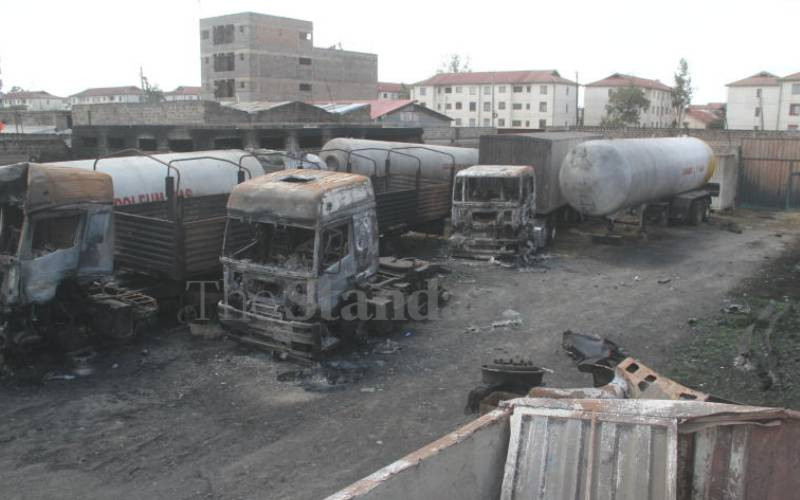×
The Standard e-Paper
Read Offline Anywhere

The Embakasi gas explosion in Nairobi that claimed seven lives and injured hundreds of people was a wake-up call for us as a country in matters disaster preparedness.
Having been in Embakasi for several days with a team of medical experts from the Nairobi Hospital providing free medical and emergency support to hundreds of people who were affected by this blast, I am certain that now is the time to ask ourselves hard questions on how to tackle the challenges of today so that we shape the possibilities of tomorrow.